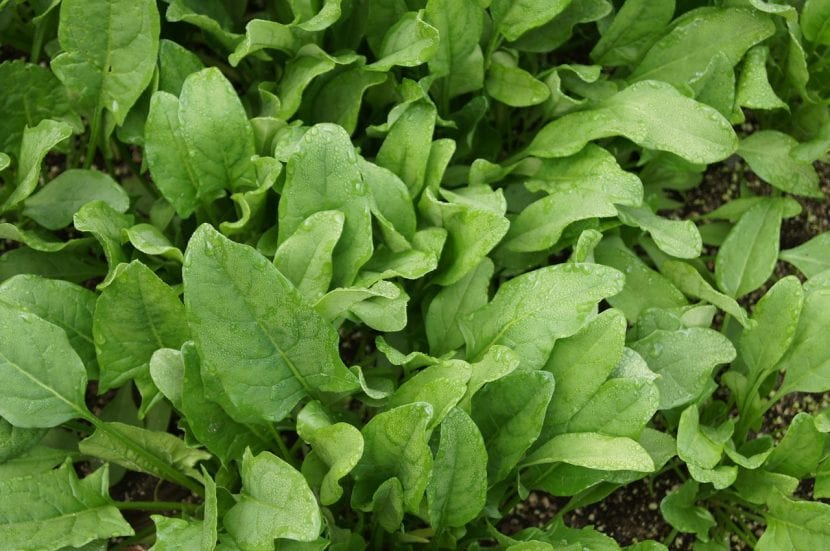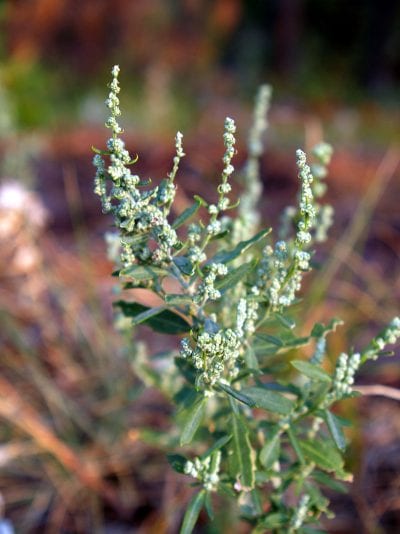
Atriplex polycarpa
Image - Flickr / Bill & Mark Bell
In the world there are a large number of types of plants, so much so that in order to classify them and know how to recognize them, humanity has had the need to create names that identify them. One of those is chenopodiaceae, which refers to about 1400 species of herbs and a few shrubs and vines.
They are plants that they are very reminiscent of amaranthsIn fact, the family they belong to is actually a subfamily of the amaranths. Why? Because after various studies, botanists were able to verify that they share a large part of their DNA and, in addition, many of their characteristics.
Characteristics of the chenopodiaceae

Spinacia
As we said, the subfamily of amaranths known as Chenopodioideae, It is made up of about 1400 species divided into a hundred genera, such as Axyris, Cycloloma, Exomis or Stutzia.
They are characterized by having simple or alternate leaves with the entire edge; although there are some that do not. The flowers are small, hermaphroditic or unisexual, and are grouped in inflorescences; and the fruit is an utricle, that is, an achene with a tenuous pericarp.
They are found in the Mediterranean region and in salt marshes.
What are the best known?

Chenopodium berlandieri
Image - Wikimedia / Jim Pisarowicz
The new options are the following:
- Of the genus Atriplex, we have Atriplex polycarpa (sea fan).
- From the Beta genre, we have the Beta vulgaris (beet).
- From the genus Chenopodium, we have the chenopodium quinoa (Quinoa).
- From the genus Dysphania, we have Dysphania ambrosioides (epazote).
- From the genus Spinacia, we have the Spinacia (spinach).
As you can see, the quenopodiaceae are plants that can be very interesting for people, since some of their species are edible and their cultivation is simple. Also, although they do not have particularly pretty flowers, their ornamental value is high enough to be considered in the garden 😉.
What did you think of this topic?